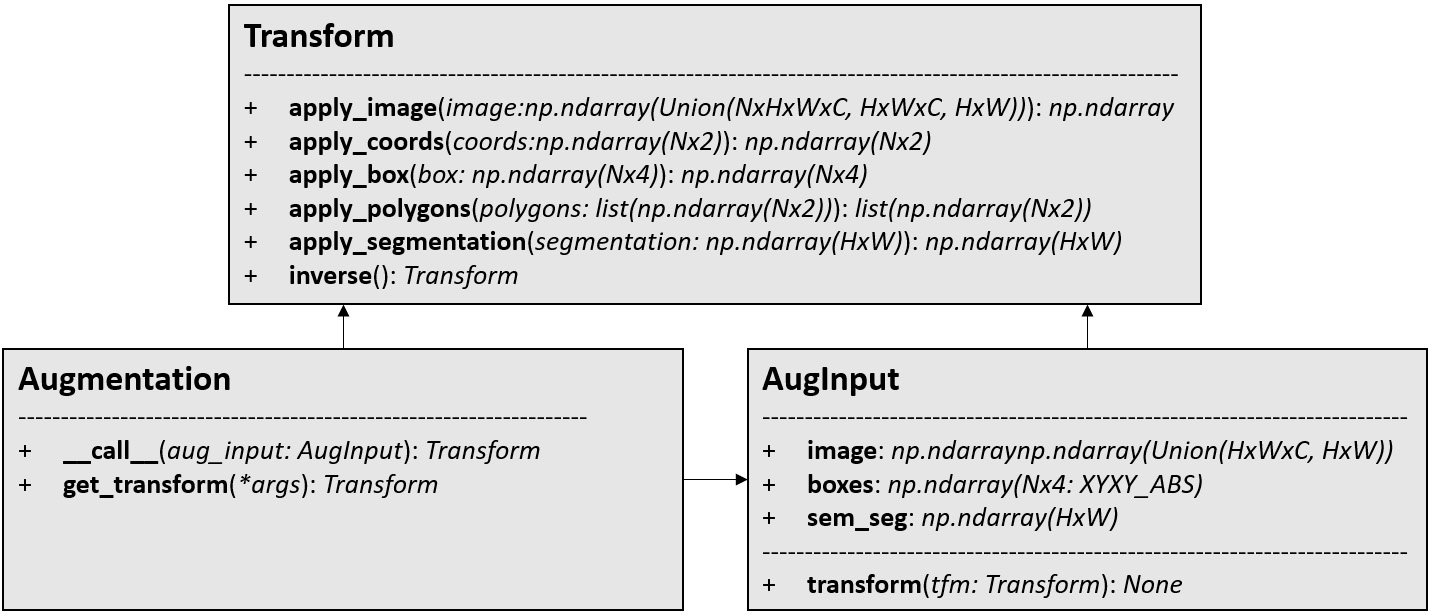Image Data Augmentation Techniques
This chapter answers the questions of what, why, and how to perform image augmentation by providing a set of standard and state-of-the-art image augmentation techniques. Once you have foundational knowledge of image augmentation techniques, this chapter will introduce Detectron2’s image augmentation system, which has three main components: Transformation, Augmentation, and AugInput. It describes classes in these components and how they work together to perform image augmentation while training Detectron2 models.
By the end of this chapter, you will understand important image augmentation techniques, how they work, and why they help improve model performance. Additionally, you will be able to perform these image augmentations in Detectron2. Specifically, this chapter covers the following topics:
- Image augmentation techniques
- Detectron2’s image augmentation system:
- Transformation classes
- Augmentation classes
- The AugInput class...


